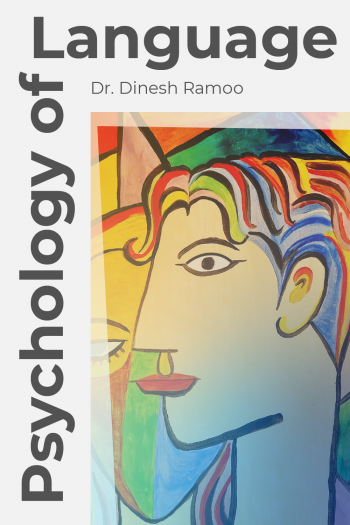Calendar Description
This course will provide students with the fundamentals of linguistic and psycholinguistic theory. Students will explore the nature of language and the basic components studied by psycholinguists. They will also gain an understanding of language development as well as the biological basis of language. Language processes such as comprehension, reading, and speaking will also be explored along with the current models of comprehension and production.
Course Learning Outcomes
After completing this course students will be able to:
- Define the characteristics of language and language families
- Recognize the language families of Canada
- Explain the basic principles of experimental and neuroimaging techniques used in psycholinguistics
- Identify the units of language
- Classify phonemes according to place and manner of articulation
- Categorize morphemes and morphological typology
- Identify syllables as units of speech and the rules of syllabification
- Understand the biological basis of language
- Understand the neuroanatomy of language
- Describe bilingualism and models of bilingualism
- Summarize the stages of language production
- Categorize the various writing systems used around the world
- Appraise the evidence for current psycholinguistic models of reading
- Generalize current models of reading to indigenous and other language
- Interpret the evidence from dyslexia in explaining aspects of the dual-route model of reading
- Examine the evidence for speech production models
- Compare and contrast the evidence for current speech production models
Modules
- Speaking in Tongues
- The Sounds of Language
- The Parts of Speech
- The Biological basis of Language
- Learning to Speak
- Bilingualism
- Visual Language
- Reading
- Speaking
Textbook

Ramoo, D. (2021) Psychology of Language, Open Education Resource. Developed with funding from BC campus.